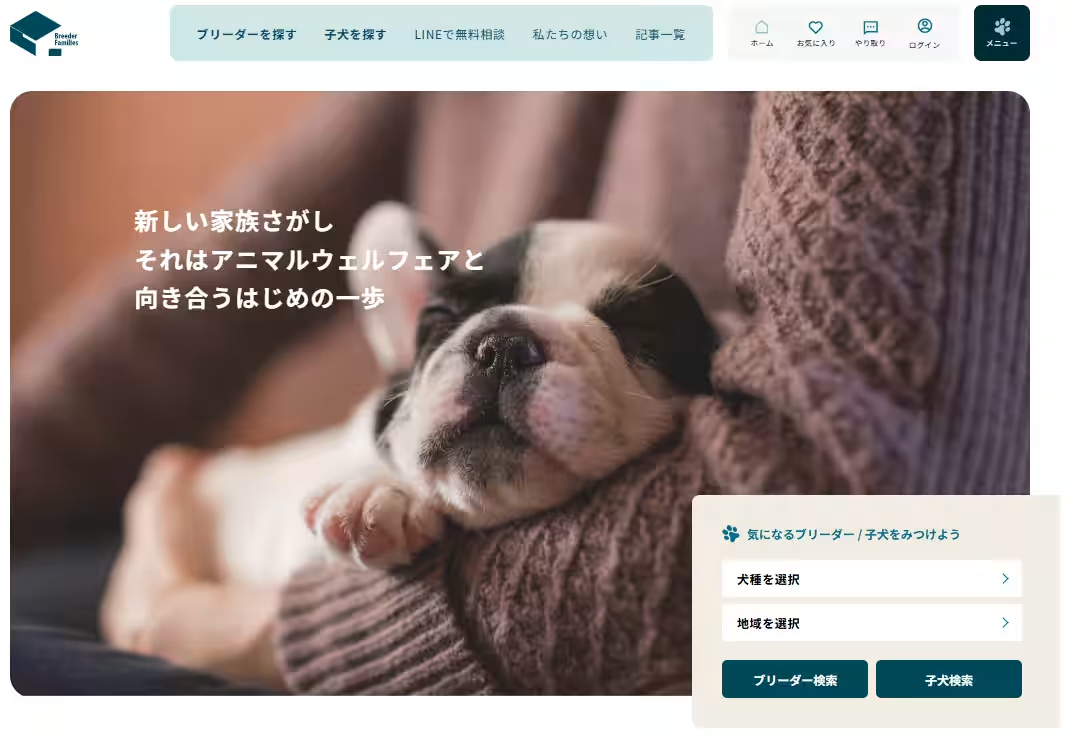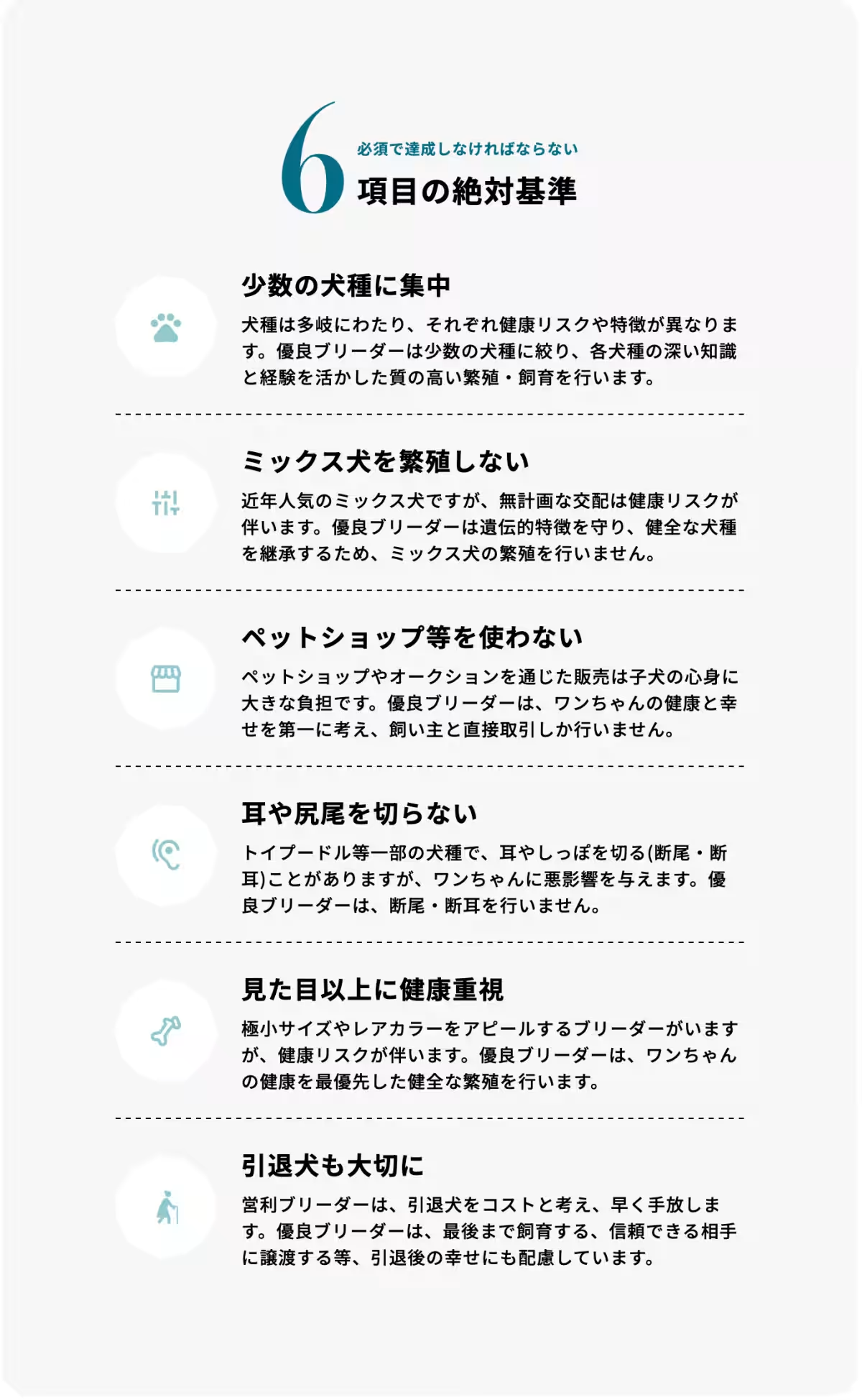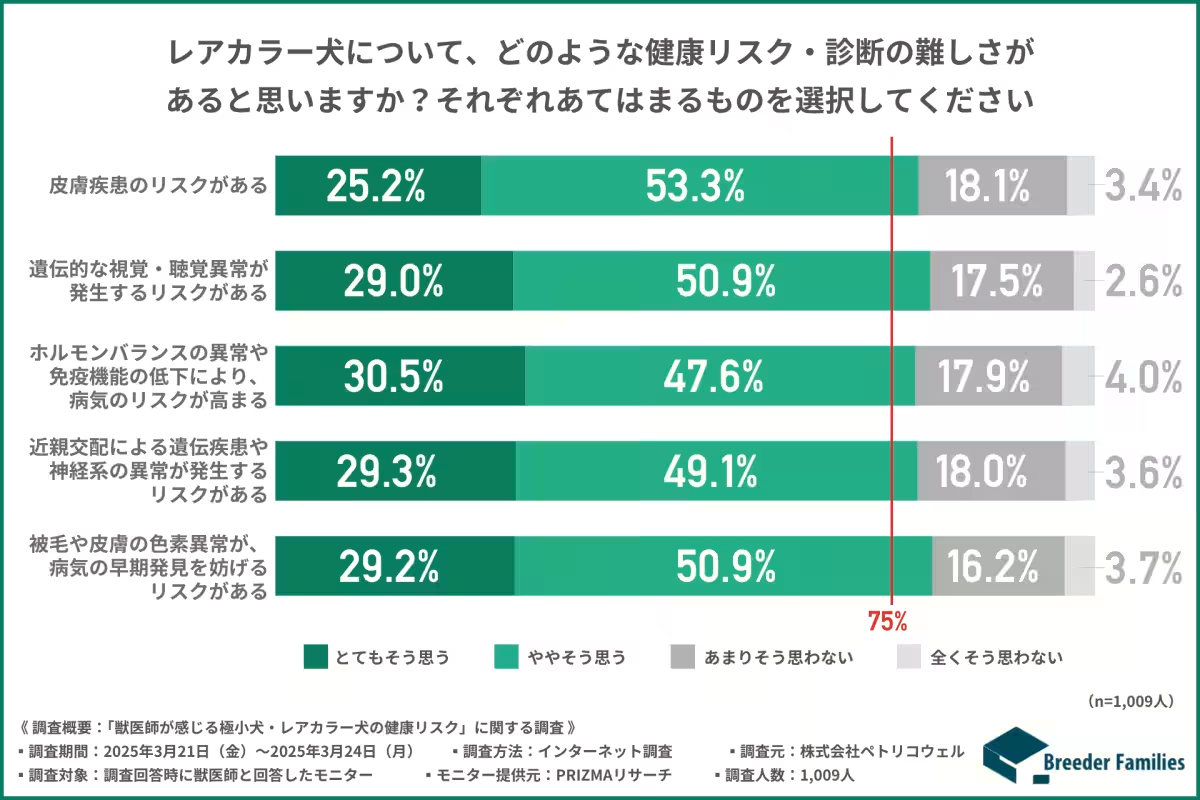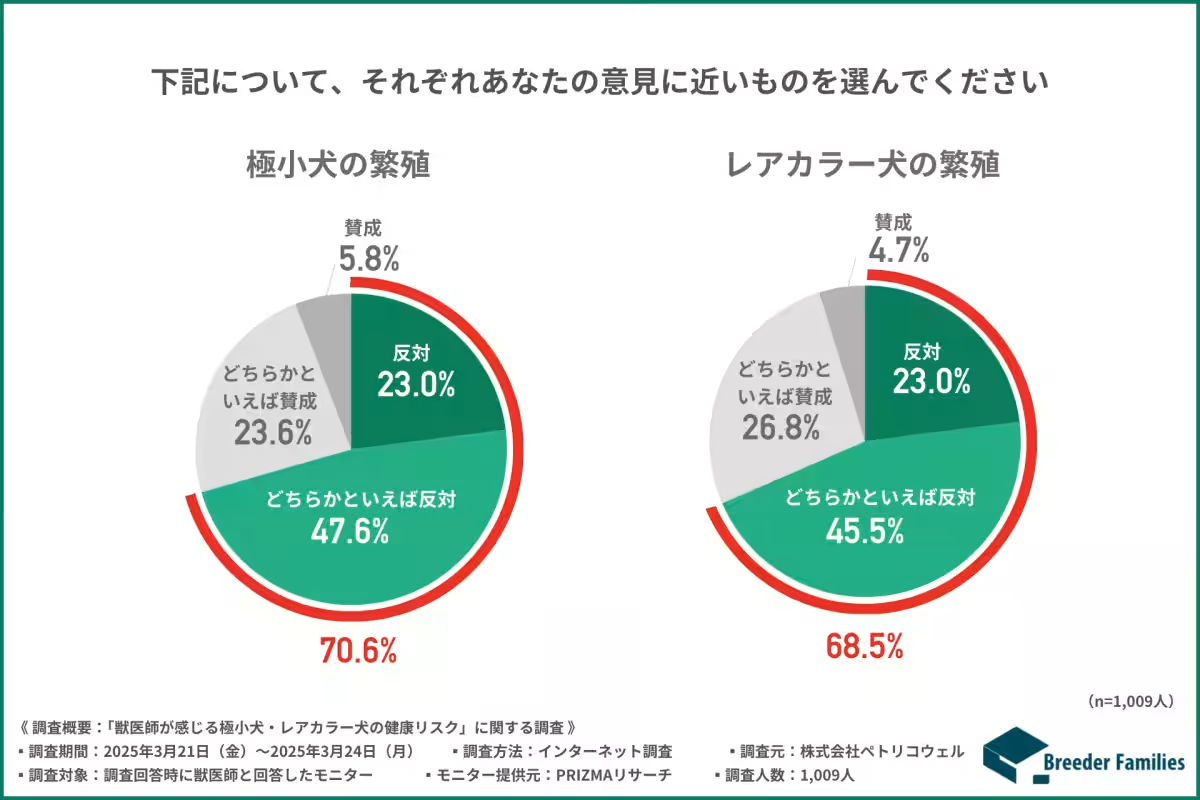

Risks Hidden in Aesthetic Breeding of Dogs According to Veterinarians
The Hidden Dangers of Aesthetic Dog Breeding
In recent years, the popularity of pets that possess extreme aesthetics, such as "teacup dogs" and rare-colored breeds, has surged significantly due to the widespread influence of social media. However, beneath this trend lies a significant concern regarding the health risks associated with such breeding practices.
A survey conducted by Petricowell Co., Ltd., a company dedicated to promoting responsible breeding through their platform, "Breeder Families," revealed troubling insights into the perceptions of veterinarians regarding these breeding practices. The survey gathered responses from 1,009 veterinarians and highlighted their strong opposition to breeding that prioritizes appearance over health.
The Survey Findings
Approximately 70% of the participating veterinarians expressed concerns regarding the breeding of extremely small-sized or rare-colored dogs. When asked about their stance on breeding practices, the following results were observed:
- - Breeding of Teacup Dogs:
- Somewhat opposed: 47.6%
- Somewhat in favor: 23.6%
- In favor: 5.8%
- - Breeding of Rare-colored Dogs:
- Somewhat opposed: 45.5%
- Somewhat in favor: 26.8%
- In favor: 4.7%
The Health Risks Associated with Teacup Dogs
Further probing into the health implications associated with teacup dogs revealed alarming insights. When veterinarians were questioned on specific health risks, the responses indicated substantial agreement on various issues, including:
- - High Risk of Hypoglycemia:
- Somewhat agree: 59.2%
- - Fracture Risks Due to Fragile Bones:
- Somewhat agree: 52.5%
- - Risks of Tracheal Collapse and Heart Disease:
- Somewhat agree: 49.1%
- - Difficulties in Body Temperature Regulation:
- Somewhat agree: 51.5%
The findings elucidated a disturbing reality: over 75% of veterinarians recognized significant health risks tied directly to the extreme smallness of these breeds.
Insights from Experts
With these serious implications in mind, we consulted Dr. Shigeki Imamoto, a veterinarian and genetics expert, who shared critical insights into the health risks attributed to teacup dogs. He explained that these dogs often face severe health challenges due to their small size, such as:
1. Health Vulnerabilities:
Small-sized dogs can suffer from various health problems that can be detrimental to their well-being. For example, hypoglycemia is prevalent in these dogs, which can lead to severe complications if not managed properly. Additionally, weak jaws are common, leading to dental issues and potential bone fractures from minor incidents.
2. Challenges in Medical Care:
The delicate nature of teacup dogs means that medical procedures require specialized equipment and techniques. Factors such as their tiny blood vessels complicate procedures like blood sampling or intravenous treatments. A mere small error in dosage during procedures can pose life-threatening risks.
3. High Risks During Birth:
Teacup dogs often face difficulties during childbirth, especially if the mother is undersized. This can result in severe complications jeopardizing the lives of both the mother and puppies.
The Truth Behind Rare-colored Breeds
In addition to teacup dogs, rare-colored breeds are also seen as particularly attractive but come with significant health concerns. The veterinarians' survey indicated that:
- - Skin Diseases:
- Somewhat agree: 53.3%
- - Genetic Vision and Hearing Issues:
- Somewhat agree: 50.9%
Doctors frequently associate rare coat colors with a host of health concerns such as weakened immune systems, which can lead to various disorders and health complications.
A Call for Responsible Breeding
As enthusiasts and potential dog owners, it is crucial to acknowledge the implications of breeding practices that prioritize aesthetic features over health. Responsible breeding should focus on the well-being of the animals, ensuring they are raised in environments that foster health and longevity. Platforms like Breeder Families advocate for such practices, connecting prospective pet owners with ethical breeders dedicated to animal welfare.
By prioritizing transparency and emphasizing the importance of health in breeding practices, we can work towards a healthier future for our canine companions. Understanding the realities behind the aesthetic appeal of certain breeds empowers consumers to make informed choices that ultimately benefit both their pets and themselves.
In conclusion, while small size and unique colors may be appealing, the significance of health and ethical breeding cannot be overstated. Continuous education and awareness of these issues will be critical to reshaping the future of pet ownership.










Topics People & Culture)










【About Using Articles】
You can freely use the title and article content by linking to the page where the article is posted.
※ Images cannot be used.
【About Links】
Links are free to use.